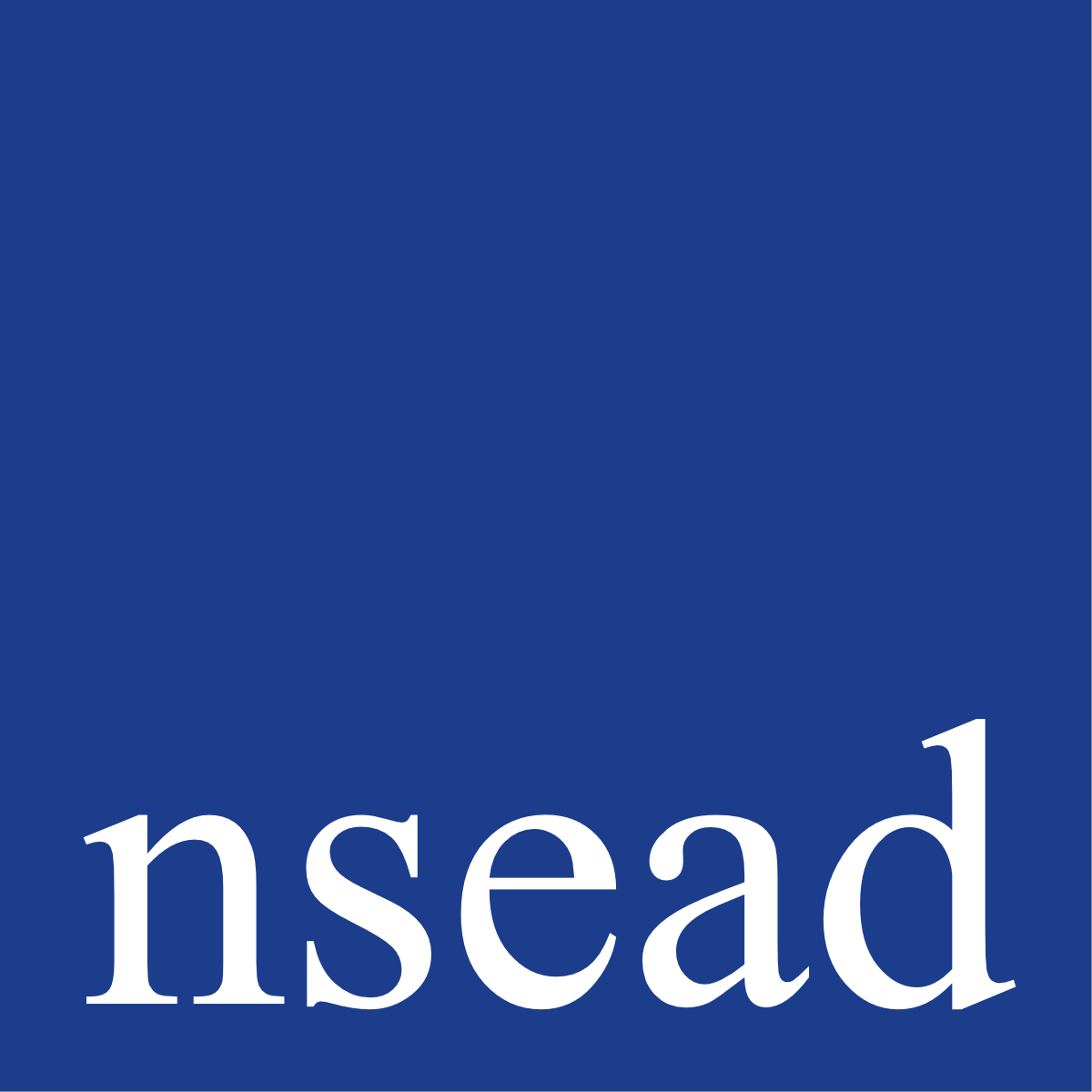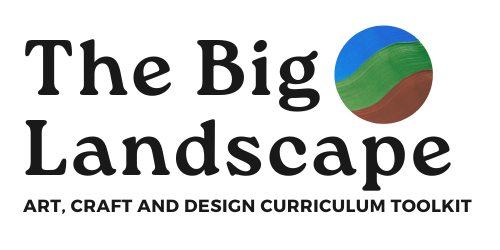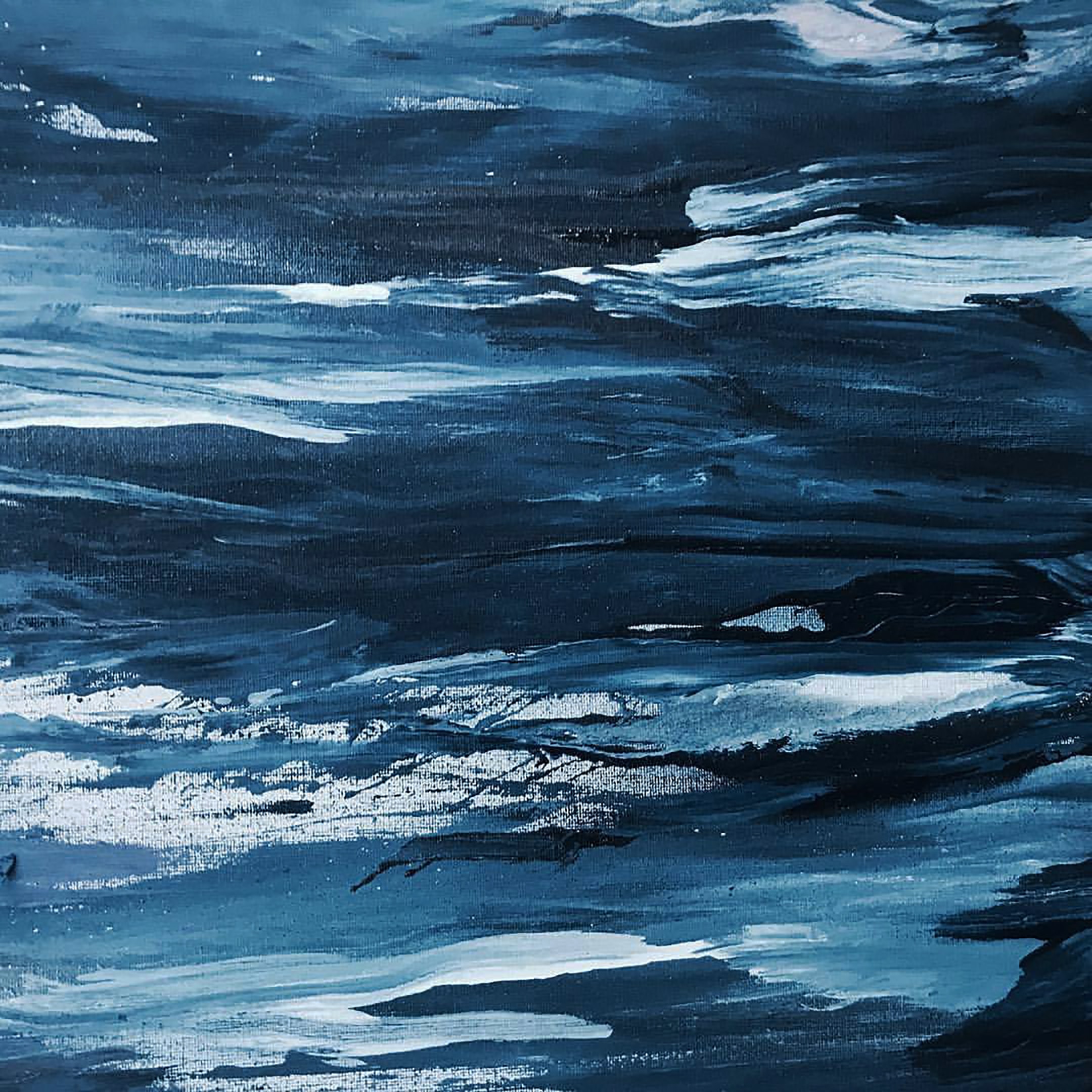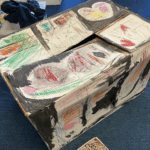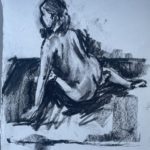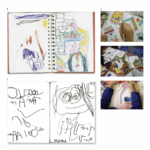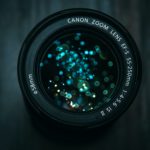This page summarises the extraordinary wealth of opportunities that 2D2 dimensions Two dimensional space is on the same plane, and is essentially flat, having two characteristics, length and width. Sometimes written or said as... (two-dimensional/dimensions) processes and techniquesA procedure, formula or routine by which an outcome or artwork is achieved, to include weaving thread into cloth with a darning needle, carving wood... in artArt refers to a diverse range of human intellectual and expressive activities and the outcomes of those activities. Within this context art is further defined..., craftCraft can be designed as intelligent making. It is technically, materially and culturally informed. Craft is the designing and hand making of individual objects and... and designDesign shapes ideas to become practical solutions and propositions for customers and users. Design is all around us, everything man made has been designed. The... can provide for children and young people.
These processes and techniques have been organised into six distinct approaches that provide popular creativeBeing creative or 'creativity' relates to or involves the use of the imagination or original ideas to create something. pathways when working largely on a flat surface.
2D provides an excellent place for the exploration of the formal elementsThe Formal Elements are the parts used to make a piece of artwork. The art elements are line, shape, space, form, tone, texture, pattern, colour and composition. They are...: LineLines are used by artists and designers to describe objects, add detail or create expression. Lines define an artwork and reveal the artist’s techniques. Line..., shapeShapes are two-dimensional. Positive shapes represent solid objects and negative shapes show the surrounding space. Geometric shapes are perfect and regular. Organic shapes are irregular..., space, colourChoices of colour and the relationships between colours have a huge influence on how a piece or art or design looks and feels and the..., formForm refers to three dimensional objects. While shapes have two dimensions (height and width), forms have three dimensions (height, width and depth). The overall unity..., toneThe relative lightness or darkness of a colour. E.g. Light, dark, tint, shade, black, white, grey, shadow, highlight, contrast, monotone, high key, low key. Tone..., textureArtists and designers can use actual texture in their work or they can suggest how something feels using techniques that imply texture. There are two..., patternA design in which lines, shapes, forms or colours are repeated. E.g. Regular, irregular, repeat, tessellating, symmetrical, natural, geometric, rotation, grid, rhythm, decorative, border. Pattern... and compositionThe combination of a selection of distinct elements to work towards creating a whole image or form. The arrangement of shapes, colours, textures, marks and.... It is a place where images can be realised through numerous methods.
Working in 2D provides opportunities that are hugely varied whilst also being one of the most accessible formats, which, at their most basic level, require little more than a sheet of paper and a medium to apply to it.
A challenge would be, however, to ensure that when working in 2D there continues to be innovationInnovation is a process by which a domain, a product, or a service is renewed and brought up to date by applying new processes, introducing..., ideation (the activity of forming ideas in the mind) and discovery… not simply a default medium of practical convenience.
Equally, young artistsPeople who are engaged in a broad spectrum of visually led ideas and activities aligned to the expressive arts need to appreciate the relationship between 2D and 3D3 dimensions Three dimensional space is in the 'round', and has a combination of three characteristics from the following five terms; length, width, height, depth... (three-dimensional) and activities that balance these two approaches often prove to be doubly rich and rewarding.
The following processes and techniques will inspire young artists, makers and designersPeople who are engaged in the production of functional products, services and systems to explore diverse 2D processes and techniques that enable them to become confident and effective creative practitioners.
